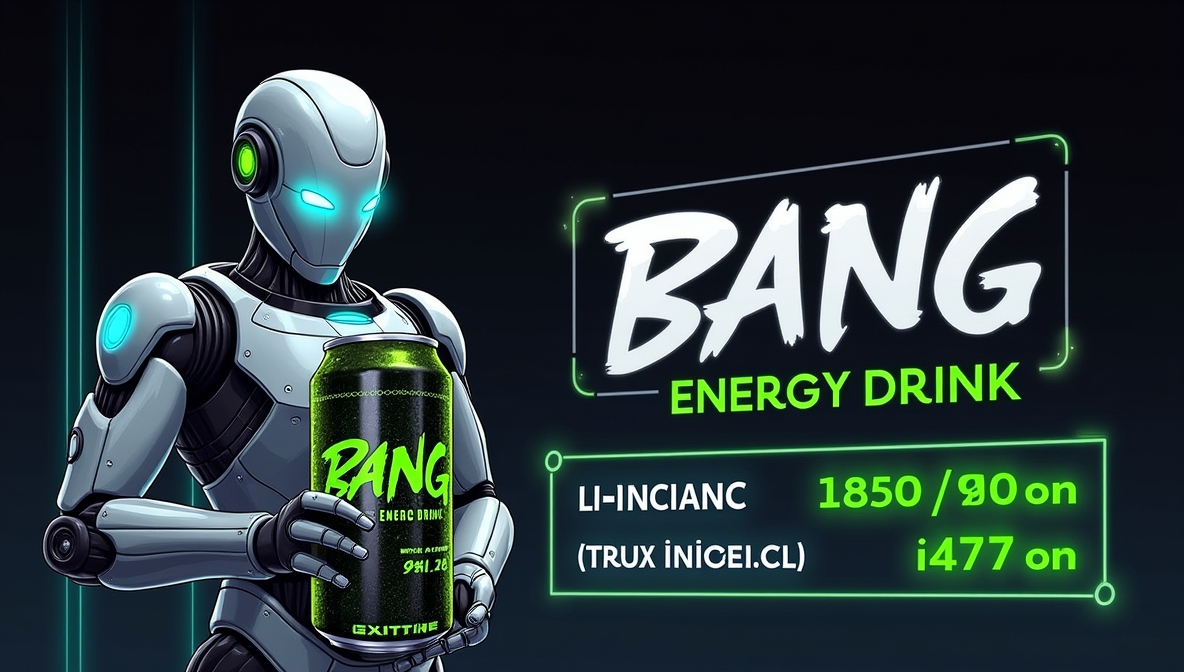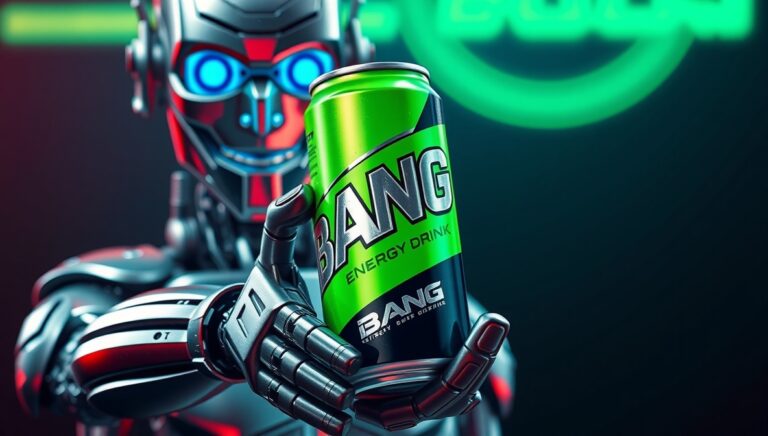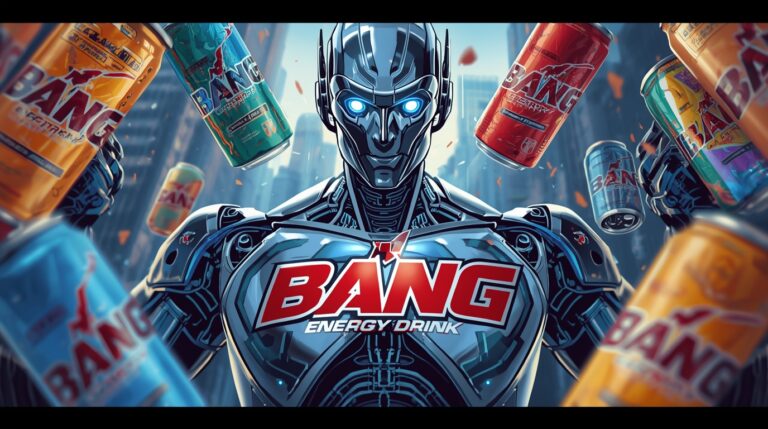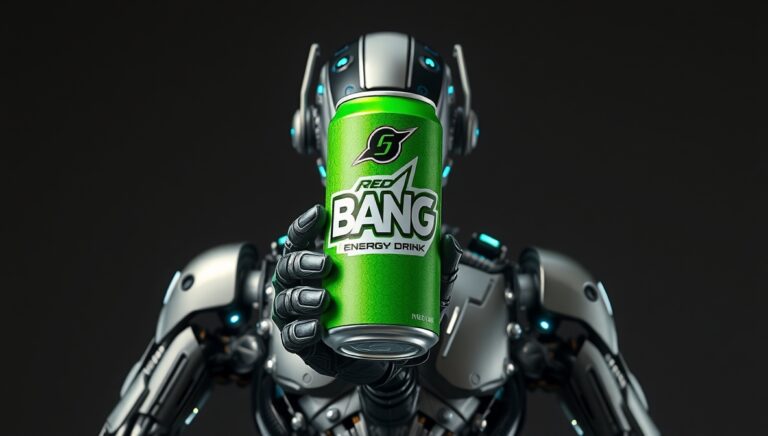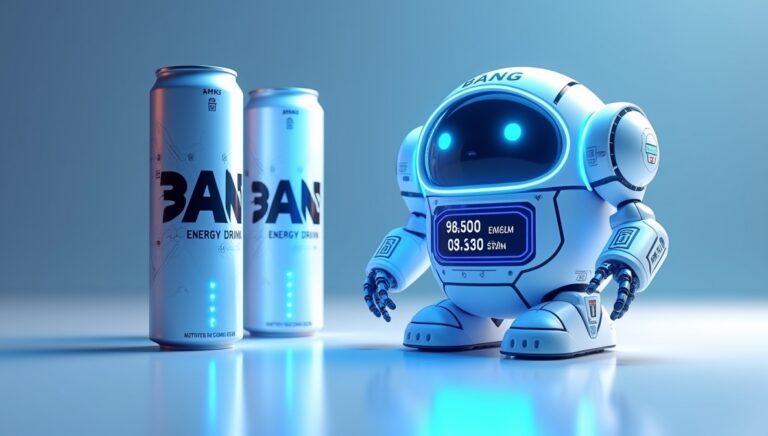Bang Energy Drink Caffeine Content: Unleashing the Power Behind the Can
Introduction
When it comes to high-performance beverages, Bang Energy Drink caffeine content has become one of the most talked-about topics among fitness enthusiasts and energy drink lovers. Known for its powerful formula and intense energy boost, Bang Energy stands out from traditional drinks due to its unique blend of caffeine, amino acids, and essential nutrients. Understanding how much caffeine is in each can helps consumers make informed choices about their energy intake, performance levels, and overall health. As more people turn to Bang for a quick jolt of energy, it’s essential to explore what truly makes this drink so potent and popular.
The Rise of Energy Drinks in Modern Culture
In today’s fast-paced world, where productivity and performance dominate everyday life, bang energy drink caffeine content has become a central topic of conversation among consumers, health experts, and athletes alike. People are increasingly bang energy lawsuit drawn to energy drinks for their promise of instant alertness and enhanced endurance. Yet, with these benefits comes a growing curiosity—and concern—about what these beverages truly contain and how they affect the human body.
Understanding the Global Popularity of Energy Drinks
The popularity of energy drinks has skyrocketed in recent years. They have transitioned from niche products marketed to athletes to mainstream beverages found in offices, schools, and households. Their appeal lies in their ability to provide a quick energy boost, enhanced focus, and improved stamina. However, not all energy drinks are created equal. The market is diverse, and understanding what sets each brand apart—especially in terms of caffeine levels—is essential. This is where the topic of bang energy drink caffeine content becomes particularly significant.
Bang Energy is one of the most recognized brands in the industry, known for its vibrant packaging, bold flavors, and performance-oriented marketing. Unlike traditional soft drinks, it positions itself as a lifestyle choice for individuals who want both mental sharpness and physical energy.
The Science Behind Caffeine and Energy Boosting
Caffeine is the core ingredient that powers most energy drinks. It stimulates the central nervous system, increasing alertness and temporarily reducing fatigue. When consumed in moderation, caffeine can improve concentration and reaction time. However, excessive intake can lead to side effects such as anxiety, restlessness, and increased heart rate.
The debate surrounding bang energy drink caffeine content focuses on this delicate balance—how much caffeine is beneficial versus potentially harmful. Since Bang Energy markets itself as a performance beverage, it naturally contains a higher caffeine concentration compared to regular sodas or coffees. Understanding this distinction is vital for informed consumption. zixyurevay
Comparing Energy Drinks: A Market Overview
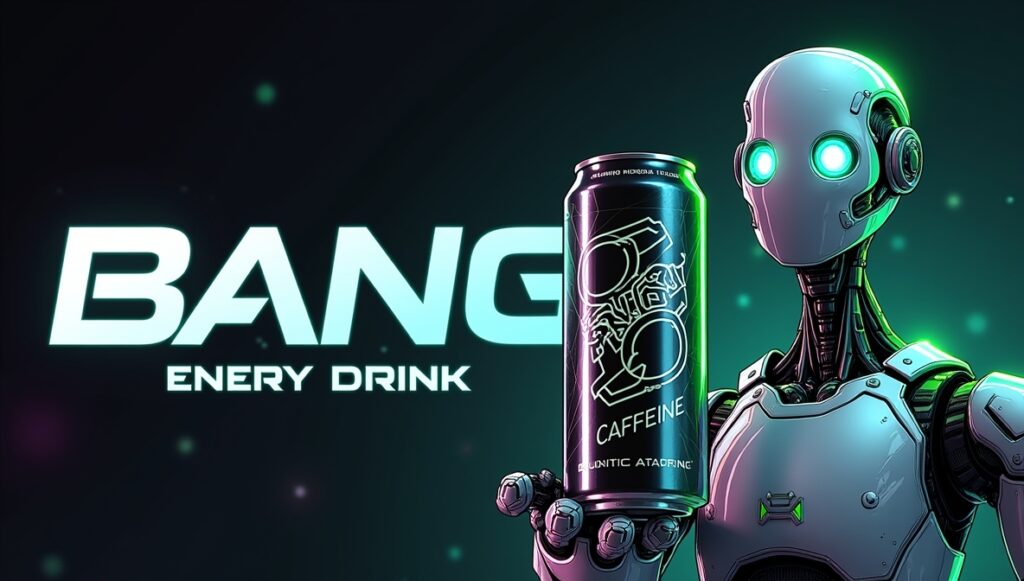
Energy drinks vary significantly in composition. Some contain sugar for instant energy, while others, like Bang, are sugar-free and rely on amino acids, electrolytes, and vitamins to enhance performance. What differentiates Bang is not only its zero-calorie formula but also its high caffeine concentration, which appeals to gym enthusiasts and late-night workers.
Consumers increasingly look at labels to assess how much caffeine they’re consuming per can. The prominence of bang energy drink caffeine content in online searches reflects growing public awareness of ingredient transparency. In a market crowded with options, knowledge empowers consumers to choose drinks that align with their health goals and tolerance levels.
Why Caffeine Matters: Understanding Dosage
Caffeine is measured in milligrams (mg), and understanding dosage is critical for responsible consumption. For most adults, the safe daily intake recommended by health organizations is around 400 mg. Exceeding this limit can lead to adverse effects like insomnia, jitters, or dehydration.
The ongoing interest in bang energy drink caffeine content arises from the fact that one can of Bang contains a significant amount of caffeine, equivalent to several cups of coffee. For energy drink enthusiasts, this can be both a benefit and a potential risk, depending on how their bodies react to high doses of caffeine.
Energy Drinks and Athletic Performance
Athletes often turn to energy drinks for a competitive edge. Caffeine is known to improve endurance, alertness, and reaction time, which can be advantageous in both training and competition. The performance claims surrounding bang energy drink caffeine content have made it a favorite among fitness enthusiasts who seek sustained energy without the crash associated with sugary alternatives.
Scientific studies have shown that moderate caffeine intake can enhance physical performance by mobilizing fatty acids, which the body uses as fuel during extended exercise. However, overconsumption can lead to dehydration or increased heart strain, especially during intense physical activity.
The Role of Additional Ingredients
Beyond caffeine, energy drinks often contain complementary compounds like B-vitamins, creatine, CoQ10, and amino acids. These ingredients are designed to support cellular energy production and improve overall stamina. The inclusion of such elements in Bang Energy enhances its profile as a functional beverage. feedworldtech
However, even with beneficial ingredients, the discussion of bang energy drink caffeine content remains central because caffeine is the most potent and immediate stimulant. Other components contribute to sustained vitality, but caffeine provides the initial spark that makes consumers feel alert and energized.
Understanding the Psychological Effects of Caffeine
Caffeine doesn’t just influence the body—it also affects the mind. It blocks adenosine receptors, reducing the sensation of tiredness and increasing dopamine release, which enhances mood and motivation. This neurological mechanism explains why energy drinks are so effective at improving focus and alertness.
Still, the intensity of stimulation depends on dosage. This is where bang energy drink caffeine content becomes a double-edged sword. While moderate caffeine levels enhance concentration, excessive intake can lead to restlessness or anxiety. Understanding one’s tolerance level is essential for maximizing benefits without negative side effects.
Target Audience and Consumer Appeal
Bang Energy’s success can be attributed to its precise targeting of a youthful, active demographic. Its branding emphasizes fitness, ambition, and lifestyle rather than mere refreshment. For this group, the high bang energy drink caffeine content is seen as an advantage—a source of power that fuels workouts and long days.
The drink appeals to students pulling all-nighters, professionals managing demanding schedules, and athletes pushing through rigorous training. Its association with energy and focus aligns perfectly with the values of performance-driven consumers.
The Debate Around Health and Safety
Despite its popularity, energy drinks have faced scrutiny over health concerns. Medical experts have raised questions about the impact of high caffeine levels on cardiovascular health and sleep patterns. The keyword bang energy drink caffeine content frequently surfaces in health discussions precisely because of these concerns.
While most healthy adults can tolerate a single can without issue, problems arise when multiple cans are consumed daily or combined with other caffeine sources like coffee or pre-workout supplements. Moderation remains the cornerstone of safe consumption.
Regulatory Standards and Label Transparency
Regulatory agencies worldwide have introduced guidelines for labeling caffeine quantities in beverages. Consumers are encouraged to check nutritional facts before purchasing. Clear labeling helps individuals make informed decisions, especially when dealing with high-caffeine products like Bang Energy. heartumental
The clarity of information surrounding bang energy drink caffeine content reflects a broader industry trend toward transparency. Modern consumers demand to know exactly what they are putting into their bodies, and companies that provide accurate details foster greater trust and loyalty.
The Cultural Symbolism of Energy Drinks
Energy drinks are more than beverages—they represent ambition, hustle, and perseverance. They symbolize the modern work ethic, where staying awake and alert has become a badge of productivity. Within this context, bang energy drink caffeine content embodies the drive for performance and endurance in a world that rarely slows down.
Advertising plays a major role in reinforcing this image. Bold slogans, bright packaging, and endorsements from athletes create an aura of empowerment around the product. Yet, this cultural glorification also necessitates responsibility in communication about potential health implications.
Comparing Caffeine Sources: Coffee vs. Energy Drinks
Many consumers wonder whether energy drinks are inherently worse than coffee. The answer depends on formulation and consumption patterns. A standard cup of coffee contains around 95 mg of caffeine, while some energy drinks can contain over twice that amount.
In this comparison, bang energy drink caffeine content stands out due to its potency. It’s formulated for sustained energy release rather than gradual stimulation. While this can be beneficial for workouts or high-focus tasks, it’s not ideal for individuals sensitive to caffeine or those consuming multiple stimulants in a short period. btwradiovent
Caffeine Sensitivity and Individual Variation
Caffeine affects people differently. Factors like genetics, body weight, and tolerance determine how one reacts to it. For some, even small amounts cause jitters; for others, large doses have minimal impact. Understanding these differences is crucial for responsible consumption.
The recurring discussion of bang energy drink caffeine content highlights how personalization is key in dietary choices. Just as people monitor sugar or calorie intake, they should also track caffeine consumption to avoid exceeding safe thresholds.
The Rise of Sugar-Free and Keto-Friendly Energy Drinks
One reason Bang Energy gained traction is its alignment with modern dietary trends. Being sugar-free and keto-friendly, it appeals to health-conscious consumers who want stimulation without calorie overload. This combination of nutrition-conscious design and high bang energy drink caffeine content positions it uniquely in the marketplace.
The formulation supports users who aim to maintain energy levels while adhering to strict diets. By eliminating sugar crashes, it provides cleaner, longer-lasting stimulation, aligning with the fitness and wellness movements dominating today’s culture.
Energy Drinks and Cognitive Performance
Beyond physical endurance, caffeine impacts mental performance. Studies show that moderate caffeine consumption enhances memory retention, reaction speed, and problem-solving ability. These cognitive benefits explain why professionals and students often rely on caffeine during demanding tasks.
The continued focus on bang energy drink caffeine content stems from its strong association with productivity. For many, it represents not just energy but clarity—an essential companion for those who demand peak mental function throughout the day.
Managing Consumption and Avoiding Overload
Balance is the key to safe caffeine consumption. Spacing intake throughout the day, hydrating adequately, and avoiding late-night consumption can minimize negative side effects. Health experts recommend tracking total caffeine from all sources, including coffee, tea, and supplements.
As awareness of bang energy drink caffeine content grows, responsible marketing and consumer education become increasingly important. The goal is not to discourage use but to encourage informed choices that prioritize well-being alongside performance.
Future Trends in the Energy Drink Industry
The energy drink market continues to evolve. Manufacturers are exploring natural caffeine sources, reduced stimulants, and enhanced nutrient profiles to appeal to a more health-aware audience. Functional beverages that combine energy with hydration, immunity, or focus enhancement are gaining traction.
Even as innovation advances, bang energy drink caffeine content remains a focal point in discussions about the future of energy beverages. The industry must balance performance claims with transparency and safety to maintain consumer trust.
The Psychological Connection Between Productivity and Energy
Culturally, energy drinks have become synonymous with ambition. They cater to a generation that equates rest with lost opportunity. This mindset explains why the keyword bang energy drink caffeine content resonates beyond nutrition—it speaks to a psychological need for constant drive.
However, the irony is that sustainable productivity depends on balance. True performance requires rest as much as stimulation. Educating consumers about moderation ensures that caffeine remains a tool for success rather than a source of burnout.
Consumer Responsibility and Awareness
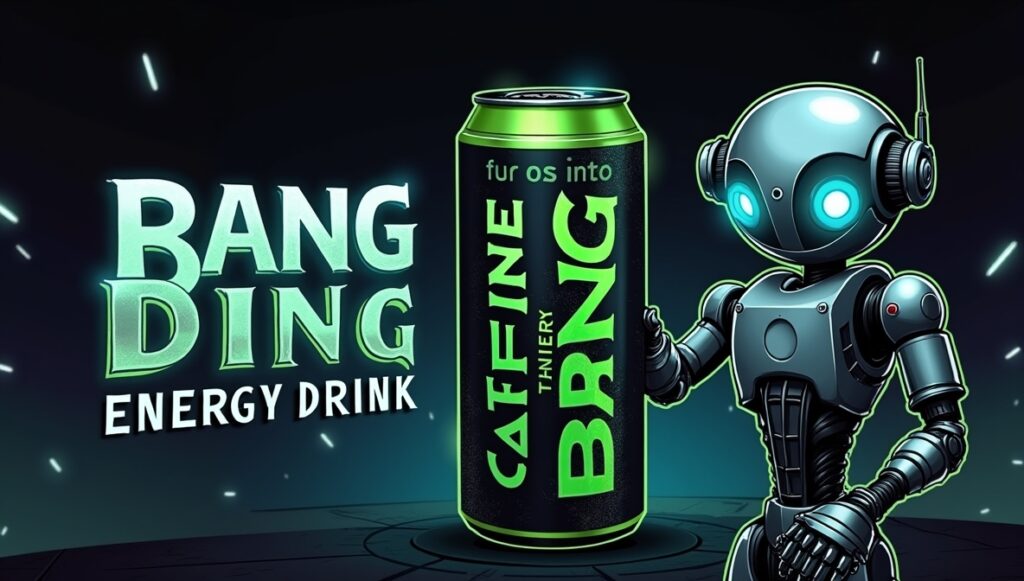
While companies have a duty to disclose ingredients honestly, consumers also bear responsibility for self-regulation. Reading labels, understanding tolerance levels, and avoiding mixing multiple stimulants are essential practices for safe consumption.
The attention given to bang energy drink caffeine content emphasizes this shared accountability between producer and consumer. Transparency on one side and awareness on the other form the foundation of responsible energy consumption.
The Broader Health Conversation
Beyond caffeine, the energy drink conversation intersects with broader public health topics like sleep deprivation, work-life balance, and mental well-being. Overreliance on stimulants often masks deeper issues such as fatigue from poor sleep or stress.
By discussing bang energy drink caffeine content, we open a larger dialogue about how society manages energy and focus in sustainable ways. Moderation, mindfulness, and proper rest remain the most effective strategies for long-term vitality.
Conclusion: Empowerment Through Knowledge
In conclusion, understanding bang energy drink caffeine content is about more than knowing milligrams—it’s about making informed, responsible choices in a culture obsessed with performance. Caffeine is neither inherently good nor bad; its impact depends on how and why it is consumed.
Energy drinks like Bang offer convenience and stimulation, but they also require awareness and balance. By staying informed, reading labels, and respecting one’s personal limits, consumers can harness caffeine’s benefits without compromising health.
Ultimately, true energy comes not just from stimulants but from a lifestyle that values wellness, hydration, and rest as much as ambition. Knowledge, after all, is the most sustainable source of power.
